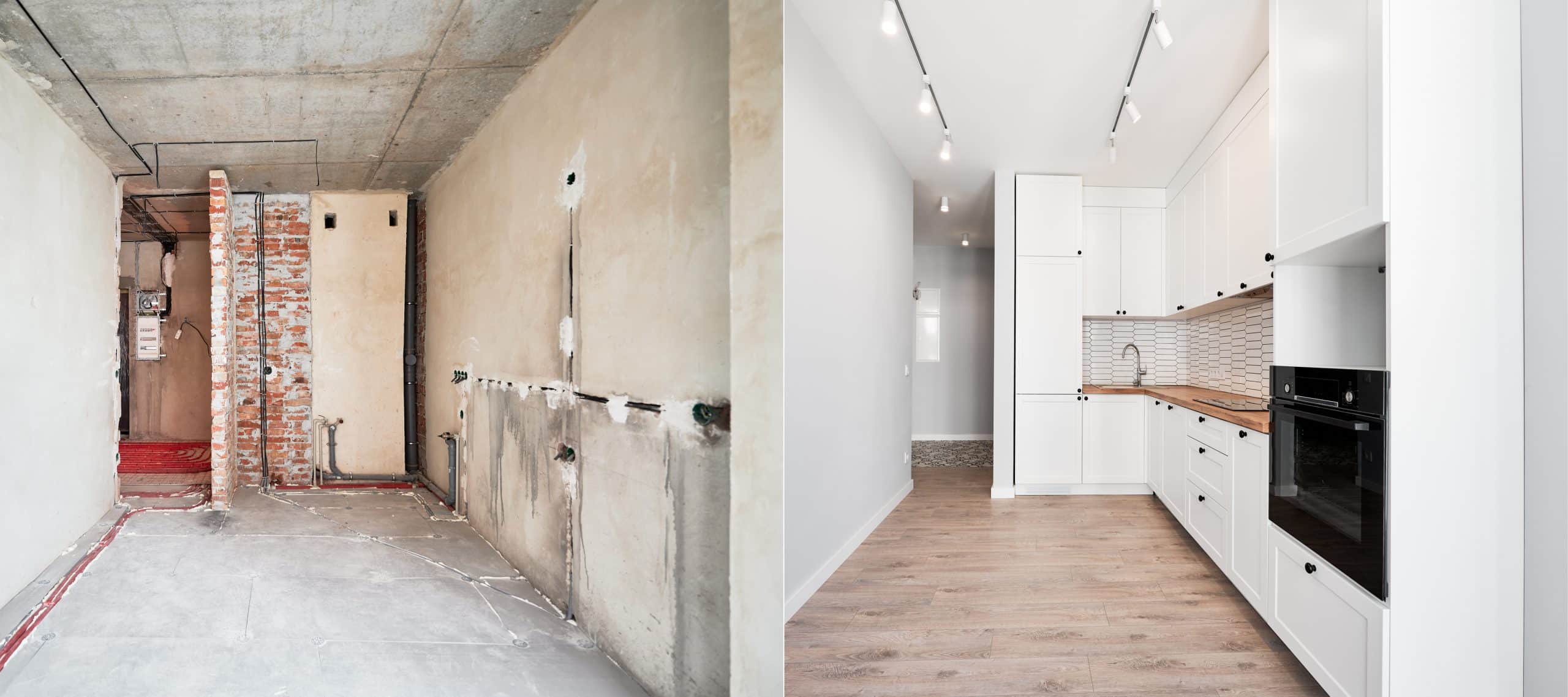What Are the Latest Techniques in Retrofitting Office Buildings for Post-Pandemic Use?

As you navigate life in the aftermath of the COVID-19 pandemic, one thing remains certain: the future of office buildings and the workplace is changing. The pandemic has led to an evolution in how we perceive and interact within our office spaces. Factors like health, the environment, and social considerations are now paramount in the design and construction of the post-COVID office building. The challenge now lies in retrofitting existing commercial buildings to meet the changing demands of the workplace. Here we explore the latest techniques to do just that.
Embracing Technology for Healthier Workspaces
The office buildings of the post-pandemic era will be far from ordinary. They will be technologically advanced spaces, designed with the health of the occupants at the forefront. In the wake of the pandemic, you can expect to see a greater reliance on building management systems, automated processes and artificial intelligence in office buildings.
En parallèle : What Is the Role of Augmented Reality in Enhancing Real Estate Virtual Tours?
Automated systems can monitor and control building environments, adjusting ventilation, temperature, and air quality. These adjustments can be made in real time, responding to the needs of the building and its occupants. This not only improves the health and wellbeing of staff, but it can also increase energy efficiency, leading to a more sustainable office environment.
Artificial intelligence can predict maintenance needs before they become critical, ensuring the continual health and safety of the office space. Also, touchless technologies like automatic doors, voice-activated elevators, and motion sensor lights are on the rise to reduce the spread of germs in high-traffic areas.
Cela peut vous intéresser : Finding your dream home: the best real estate agency in spain
Designing Socially Distanced Workspaces
In the post-pandemic world, social distancing is a term that has permeated every aspect of life, including the workplace. The traditional office layout, with its closely packed cubicles and communal areas, is no longer viable. You will see a shift towards designs that promote physical distancing while still encouraging collaboration and social interaction.
This could involve reconfiguring office spaces to allow more distance between workstations or incorporating more private spaces within the office. Flexible furniture, including movable walls and modular workstations, can allow spaces to be easily reconfigured to accommodate changing needs. Also, the use of outdoor spaces for meetings and workstations can provide more space and better ventilation.
Building with the Future in Mind
The COVID-19 pandemic has underscored the need for adaptable and resilient office buildings that can withstand future health crises. This means designing buildings that can be quickly and efficiently retrofitted to meet changing needs.
One way to achieve this is through the use of modular construction. This involves constructing parts of the building off-site and then bringing them to the site for assembly. This approach allows for greater flexibility in the design and construction process and can make future modifications or expansions easier and more cost-effective.
In addition, buildings should be designed to facilitate upgrades to HVAC systems or other building systems that may need to be upgraded to improve air quality or energy efficiency.
Ensuring Clean Air for Healthy Environments
Clean air has become a crucial factor in the post-pandemic workplace, and retrofitting office buildings to improve air quality is a top priority.
Strategies for achieving this may include upgrading HVAC systems to increase airflow and filtration, installing air purifiers, and incorporating plants and green spaces to naturally filter the air. Additionally, buildings may feature increased outdoor air ventilation and the use of UV technology to kill bacteria and viruses in the air.
The post-pandemic office building won’t just be about keeping the air clean, though. It’s also about monitoring and managing air quality. Advanced systems can measure factors such as humidity, temperature, and carbon dioxide levels in real time, alerting building managers to potential problems and allowing them to take immediate action.
Promoting Wellness and Mental Health
The pandemic has emphasized the importance of mental health in the workplace. As a result, the office buildings of the future will be designed not just to promote physical health, but mental wellbeing too.
This could involve incorporating more natural elements into the office environment, like natural light and green spaces. On-site wellness facilities, such as gyms or meditation rooms, could become more common. The layout of the office can also play a role, with spaces designed to encourage movement, collaboration, and social interaction, all of which can contribute to improved mental health.
In addition, there may be an increased focus on providing support and resources for mental health in the workplace. This could involve training for managers on supporting staff mental health, or providing resources and support services for staff.
Integrating Remote Work into the Office Space
The COVID-19 pandemic has vastly increased the prevalence of remote work. While some companies have chosen to go fully remote, others are moving towards a hybrid model, where employees spend a part of their week in the office and part at home. As we navigate the post-pandemic world, retrofitting office spaces to accommodate this new way of working is a must.
This could involve innovations like hot-desking, where employees don’t have designated desks but use whichever desk is available when they come into the office. Not only does this maximize space utilization, but it also ensures that the office is not overcrowded, thereby promoting social distancing.
Moreover, office spaces may need to be retrofitted to have better facilities for video conferencing, to allow for seamless communication with remote workers. This could involve investing in better internet connectivity, installing high-quality cameras and microphones in meeting rooms, and soundproofing these rooms to minimize disturbances.
As the post-pandemic workplace evolves, it will also be critical to foster a sense of community and continuity among employees, irrespective of their location. This could be achieved by designing shared spaces in the office that can be used for socializing and team-building activities.
Future-Proofing the Workspace
In our rapidly changing world, future-proofing has become a buzzword in the real estate industry. The COVID-19 pandemic has demonstrated the need for adaptable office spaces that can quickly respond to crises. This is not just about preparing for the next pandemic, but also about ensuring that office buildings can adapt to long-term trends and changes in the way we work.
For instance, advancements in technology could lead to increased automation in the workplace, which could vastly change the nature of work and the physical space needed for office work. Office buildings must be designed and retrofitted with these potential changes in mind.
This could involve ensuring that buildings have the infrastructure needed to accommodate advances in technology, such as high-speed internet connectivity and smart building systems. It may also involve creating more flexible workspaces that can be easily reconfigured as the needs of the employees and businesses change.
Conclusion
The COVID-19 pandemic has changed our world in countless ways, and the office workspace is no exception. From promoting health and wellness to accommodating remote work, the pandemic has brought about significant changes in the way we perceive and interact within office spaces.
However, these changes are not just about reacting to the pandemic. They also represent a broader evolution in our understanding of the workplace, with a shift towards more sustainable, flexible, and health-conscious office environments.
As we navigate the post-pandemic world, it will be critical to retrofit existing office buildings to meet these changing demands. Whether it’s through integrating technology, improving indoor air quality, or designing for social distancing, these efforts will not only create healthier and more productive workspaces, but also ensure that our office buildings are prepared for the future.
